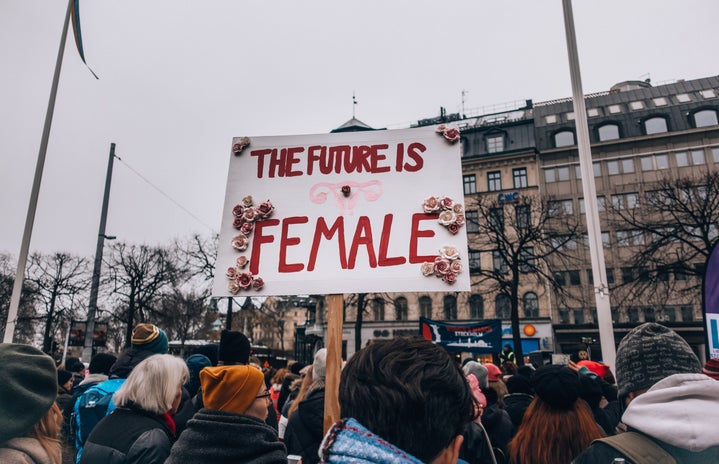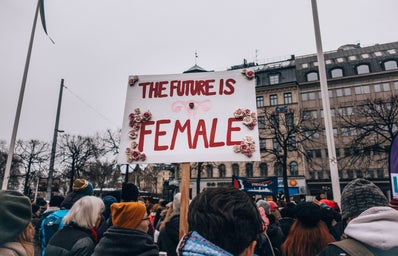One of the key visuals associated with Elizabeth Warren’s campaign for the 2020 presidential election were her pinky-promises to young girls, telling them that she is running for president because “that is what girls do.” Now, however, the chance of having a woman heading a ticket in November is extremely slim, as Tulsi Gabbard, the only woman still in the race, has only received two of the 1,991 delegates needed to secure the Democratic nomination. All other female candidates, including Kamala Harris, Amy Klobachaur, and most recently Elizabeth Warren, have suspended their campaigns for president. So what does this mean for the future of women in American politics?
In the 244 years of American history, there has never been a female president or even vice president. In 2020, while the presidency is almost guaranteed to go to a white man in his 70s (President Trump is 73 years old, Senator Sanders is 78 years old, and former Vice President Biden is 77 years old), it is likely that a woman will appear as a vice presidential nominee on either, if not both, tickets. This would certainly help a candidate with female voters, and would add some much-needed diversity to a campaign. However, many still question if this is enough.
Roughly half of the United States population is female, and yet less than a quarter of our legislature and only nine of the 50 state governors are women. There have only been four female Supreme Court justices, three of whom are currently serving on the bench. With so few women currently in positions of power in our government, many are left to wonder when we will see a female Commander-in-Chief, and if she will be elected in our lifetime.
At this point, however, it does seem inevitable that we will eventually get a woman in the highest office in the land. Many thought that it would be impossible to elect a person of color, and yet Barack Obama won the presidency in 2008. Prior to that, people thought that the country would never see a Catholic president, and yet John F. Kennedy was elected in 1960. It must also be recognized that there are many more demographics that have not been represented in the Oval Office. The United States presidency has never been held by someone of a non-Christian faith, someone who openly identifies as part of the LGBTQ+ community, or someone of a race other than caucasian or African-American. It is very possible that we will get a president who fits into one of these categories before we see a woman take office.
If we want to see a woman elected president during our lifetimes, the most important thing that we can do is stay engaged. Encourage qualified and talented women to seek positions of power, either locally or on the state or national scale. Research the issues that you care about, and become a leader in advocating for them. Speak out when there is something in society that bothers you. And finally, remind little girls that they too can run for president one day because “that is what girls do.”


